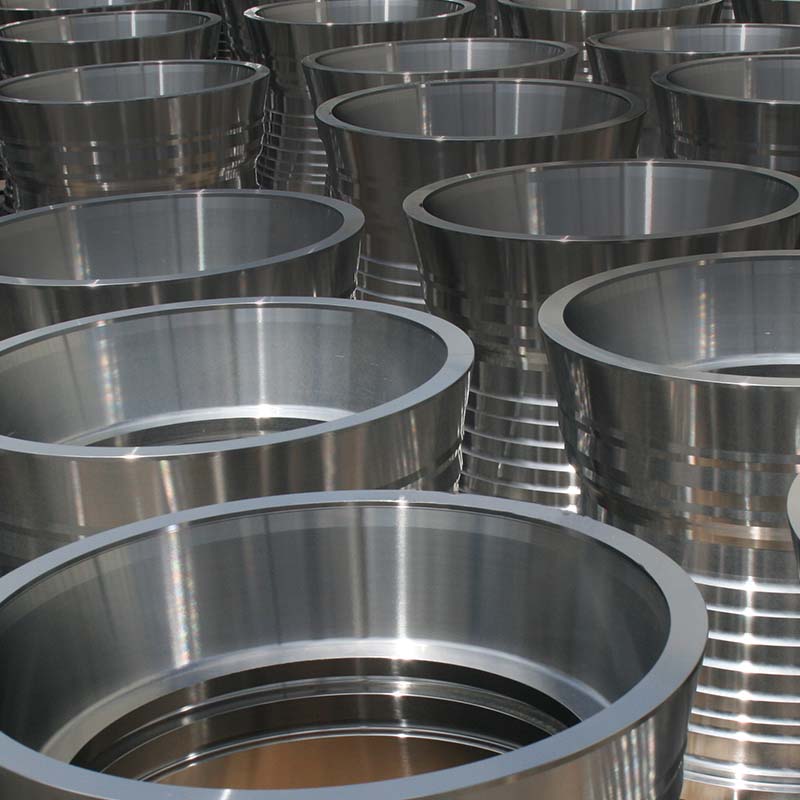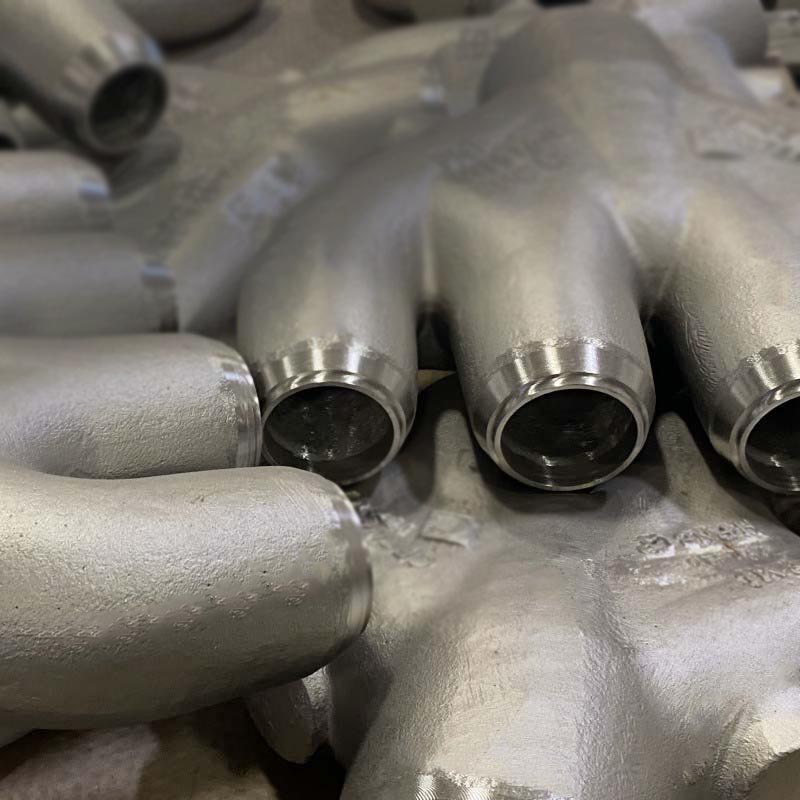Overview
CE20N is a versatile stainless-steel alloy belonging to the "300 series," renowned for its excellent general corrosion resistance and balanced mechanical properties. This austenitic stainless steel offers a good combination of strength, wear resistance, and galling resistance, making it suitable for a variety of applications where components are exposed to corrosive environments and moderate mechanical stress. Furthermore, CE20N exhibits exceptional toughness, meaning it can absorb significant impact energy without fracturing, making it a reliable choice for applications where resistance to shock and vibration is important. Its combination of corrosion resistance, strength, and toughness makes CE20N a valuable choice for diverse applications requiring a balance of performance and durability.
Typical Uses
Bearings, chemical and food processing, furnace fixtures, heat exchangers, piping, pressure vessels, pulp/paper components, pump and valve components, nuclear flow control, sink rolls.
MetalTek Designation
MTEK CE20N
Poured At:
Carondelet Division, Sandusky International Division, Wisconsin Centrifugal Division, Wisconsin Investcast Division
Similar Specifications
Cast UNS: N08007
Cast Grade: CE20N
Cast ASTM: A351, A451
Typical Chemical Composition (% by wt.)
Aluminum: n/a
Carbon: 0.2
Chromium: 23-26
Manganese: 1.5
Iron: n/a
Copper: n/a
Nickel: 8.0-11.0
Lead: n/a
Tin: n/a
Silicon: 1.5
Zinc: n/a
Other: N 0.08 -0.20
Minimum Mechanical Properties
Heat Treatment: Solution Anneal
Frequently Asked Questions
Austenitic steel is a non-magnetic stainless steel alloy with high chromium and nickel content. It provides excellent corrosion resistance, formability, and weldability, making it ideal for industrial and food-grade applications.
Common applications include food processing equipment, pump and valve components, chemical processing equipment, and heat exchangers due to its excellent corrosion resistance.
Super austenitic steels contain higher levels of molybdenum, nickel, and nitrogen than standard austenitic steels, enhancing their resistance to pitting, crevice corrosion, and stress corrosion cracking in harsh environments.
Benefits include superior corrosion resistance, high ductility, excellent weldability, and good performance at both cryogenic and elevated temperatures.
Austenitic stainless steel is corrosion-resistant and non-magnetic, while martensitic stainless steel is magnetic, harder, and better suited for wear-resistant and high-strength applications.
In its annealed state, austenitic stainless steel is non-magnetic. However, it may exhibit slight magnetism after cold working due to partial transformation into martensite.
Common austenitic grades include 304, 309, 310 and 316 stainless steels. These are widely used across industries for their excellent corrosion resistance and mechanical properties.
Austenitic steel offers better corrosion resistance and ductility than ferritic steel, which is magnetic, has lower chromium content, and is more cost-effective but less weldable.



